While awareness of the harms of alcohol consumption increases, researchers are busy searching for new, evidence-based approaches to alcohol use disorder (AUD) treatment.
Treatment For Alcohol Use Disorder (AUD)
If you’ve paid attention to the headlines about general health topics over the past year, you may have noticed a trend in the articles about alcohol consumption. They’re different than the headline we used to see just ten or twenty years ago. Those told us that moderate drinking was safe, and in some cases, regular alcohol consumption could even benefit our health.
Remember the articles about the Mediterranean diet, and drinking two glasses of wine per day?
You don’t see those anymore. Instead, you see articles with titles like these:
New Research Shows Even Moderate Drinking Isn’t Good For Your Health (from Good Morning America)
Is Moderate Drinking Good for Your health? Science Says No
Or you may see an article that goes further, like this one from the World Health Organization (WHO):
No Level of Alcohol Consumption is Safe for Our Health
And then there’s the official word from the Centers for Disease Control (CDC) on their webpage Facts About Moderate Drinking, where health experts indicate:
“Emerging evidence suggests that even drinking within the recommended limits may increase the overall risk of death from various causes, such as from several types of cancer and some forms of cardiovascular disease. Alcohol has been found to increase risk for cancer, and for some types of cancer, the risk increases even at low levels of alcohol consumption (less than 1 drink in a day).”
What all this information means is that consuming alcohol at levels most of us previously considered safe is not actually safe. It increases the risk of developing various physical diseases, as well as the risk of developing alcohol use disorder (AUD), a.k.a. alcohol addiction or what we used to call alcoholism.
That’s why many people are now seeking ways to cut down on, or completely stop, their alcohol consumption. When this happens, some learn stopping is difficult. Some learn they have AUD and seek professional help.
That’s what this article is about: a new approach to AUD treatment that involves a combination of a new medication called psilocybin with traditional talk therapy, which most of us know as psychotherapy.
New Research: Psilocybin, Psychotherapy, and Treatment for Alcohol Use Disorder
Published in August 2022 in the Journal of the American Medical Association (JAMA), the article Percentage of Heavy Drinking Days Following Psilocybin-Assisted Psychotherapy vs Placebo in the Treatment of Adult Patients With Alcohol Use Disorder” asks a simple research question:
Does psilocybin-assisted treatment improve drinking outcomes in patients with alcohol use disorder relative to outcomes observed with active placebo medication?
To answer this question, the research team recruited 93 adults between the age of 25 and 65 diagnosed with AUD who had reported at least three days of heavy drinking in the month before recruitment. Heavy drinking is defined as consuming at least five alcoholic beverages in under two hours for men, and four alcoholic beverages in under two hours for women. Next, researchers divided the participants into two groups, at random:
- One group received 12 weeks of psychotherapy + two day-long medication sessions with psilocybin at weeks 4 and 8
- One group received 12 weeks of psychotherapy + two day-long medication sessions with a placebo at weeks 4 and 8
- Psychotherapeutic techniques included cognitive behavioral therapy (CBT) and motivational enhancement therapy (MET)
- Researchers assessed participants at 8-, 12-, 24-, and 36-weeks post-treatment.
- Metrics included:
- Percentage of heavy drinking days
- Mean number of drinks per day
- Abstinence
We’ll share the results and answer their primary research question in a moment. First, however, we’ll define alcohol use disorder (AUD) and briefly discuss the most common treatments for AUD. Then we’ll the scope of alcohol consumption problem in the U.S. by offering the latest prevalence data on alcohol use, alcohol use disorder, co-occurring disorders, and treatment for alcohol use, alcohol use disorder, and co-occurring disorders.
What is Alcohol Use Disorder?
The Diagnostic and Statistical Manual of Mental Disorders, Volume 5 (DSM-5) defines alcohol use disorder as follows:
“Alcohol use disorder (AUD) is a chronic, relapsing condition characterized by an impaired ability to stop or control alcohol use despite clinically significant impairment, distress, or other adverse consequences.”
We use that definition – condensed from the full definition in the DSM-5 – to foreground the fact that the medical and scientific communities understand alcohol use disorder (AUD) as a chronic, relapsing medical condition. In other words, AUD is similar to other chronic, relapsing medical conditions such as hypertension or diabetes.
When a person receives a diagnosis for one of those conditions, one primary component of treatment is medication. What many people don’t know is that treatment for AUD may involve medication, too. In fact, treatment for AUD is remarkably similar to other relapsing medical conditions. Treatment plans for diabetes and hypertension often involve changes in lifestyle, changes in diet, and medication. The same is true for treatment plans for people with AUD: they include lifestyle changes, improvements in diet, and, in some cases, medication.
The Food and Drug Administration (FDA) has approved five medications for the treatment of alcohol use disorder:
- Disulfiram
- Acamprosate
- Naltrexone
- Nalmefene
- Baclofen
As we mention above, this article is about a medication that’s not on that list yet: psilocybin. We’re almost ready to discuss that study. First, let’s look at the statistics on alcohol use in the U.S.
Alcohol Consumption, Alcohol Use Disorder, Co-Occurring Disorders, and Treatment: Facts and Figures
It’s important to understand that quitting alcohol use altogether can be very difficult. People who drink heavily every day – or moderately every day – should consult with a physician before completely ceasing all alcohol consumption. While many people understand alcohol withdrawal can be physically and emotionally uncomfortable, many people don’t know that in some cases, alcohol withdrawal can lead to severe medical complications, up to and including death.
We’re not exaggerating.
Please keep that in mind as we share these statistics. Alcohol consumption can harm your health, and stopping alcohol consumption can be complicated: that’s why researchers seek new, safe, and effective methods to support people with AUD. New technique may not only help people quit drinking, but also save lives.
With those things in mind, let’s look at the latest data on alcohol use in the U.S., as published in the 2021 National Survey on Drug Use and Health (2021 NSDUH).
We’ll start with the general statistics on alcohol use.
Alcohol Consumption: Current Use, Heavy Drinking, and Binge Drinking
- Drank in past month (current): 133.1 million
- Enagaged in binge-type drinking: 60.0 million (45.1%)
- Among binge drinkers:
- 18-25: 29.2% (9.8 million)
- 26+: 22.4% (49.3 million)
- 12-17: 3.8% (995,000)
Next, let’s look at the percentage and number of people with a clinical diagnosis of alcohol use disorder (AUD).
Alcohol Use Disorder (AUD)
- 12 + total: 10.6% (29.5 million)
- Adolescents (12-17): 3.4% (894,00)
- Young adults (18-25): 15.0% (5.0 million)
- Adult 26+: 10.7% (23.6 million)
Every time we see that figure we’re shocked: close to thirty million people – one out of every ten adults – meets the criteria for AUD. That confirms the need for new and effective alcohol use disorder treatment.
Which brings us to our next data set: the number of people who received treatment for alcohol use disorder in 2021.
Alcohol Use/Alcohol Use Disorder (AUD) Treatment
- Received any treatment:
- 30 million people needed treatment
- 6 million received treatment (8.6%)
- Received MAT for AUD:
- 30 million people needed treatment
- 381,000 received MAT (1.2%)
- MAT among people diagnosed with AUD:
- 29. 5 million needed treatment
- 265,000 received MAT (0.9%)
The next set of statistics concerns a phenomenon we understand very well: co-occurring disorders. When a person receives a diagnosis for a mental health disorder and an alcohol/substance use disorder at the same time, they receive a dual diagnosis and have co-occurring disorders. Co-occurring disorders can complicate treatment, because the symptoms of an addiction can mask and/or exacerbate the symptoms of a mental health disorder, and vice-versa. That means an accurate diagnosis and effective, evidence-based treatment is essential.
Co-Occurring Mental Health Disorder and Alcohol Use Disorder/Substance Use Disorder Treatment
- Adults 18+ with AMI and SUD/AUD:
- 17.9 million total
- 52.5% (9.0 million) received either SUD treatment or mental health treatment
- 84% received only mental health treatment
- 16% received treatment for both
- Adults 18+ with SMI and a SUD/AUD:
- 5.8 million total
- 66.9% (3.9 million) received either SUD treatment or mental health treatment
- 81.5% received only mental health treatment
- 18.5% received treatment for both
As these facts and figures show, alcohol consumption and alcohol use disorder (AUD) are a real public health concern in the U.S. That’s why the study we discuss below is important: it can help us rise to this challenge.
Psilocybin-Assisted Psychotherapy as Alcohol Use Disorder Treatment: The Results
As a reminder, the goal of this study was to determine whether a combination of psychotherapy + psilocybin medication was superior to psychotherapy + placebo medication in reducing the percentage of heavy drinking days, the number of drinks per day, and rates of abstinence among people with alcohol use disorder (AUD) engaging in alcohol use disorder treatment.
Let’s see what the research team found.
Percentage of Heavy Drinking Days Post-Treatment
- Psilocybin group:
- Baseline: 58%
- 8 weeks: 5%
- 12 weeks: 7%
- 24 weeks: 16%
- 36 weeks: 10%
- Placebo group:
- Baseline: 50%
- 8 weeks: 20%
- 12 weeks: 22%
- 24 weeks: 30%
- 36 weeks: 18%
The percentage of heavy drinking days decreased by 82 percent for the psilocybin group, and by 54 percent for the placebo group.
Mean Number of Drinks Per Day
- Psilocybin group:
- Baseline: 4.2
- 8 weeks: 0.8
- 12 weeks: 0.8
- 24 weeks: 1.7
- 36 weeks: 1.2
- Placebo group:
- Baseline: 5.1
- 8 weeks: 2.0
- 12 weeks: 2.1
- 24 weeks: 2.8
- 36 weeks: 2.2
The number of drinks per day decreased by 71 percent for the psilocybin group, and by 57 percent for the placebo group.
Abstinence
- Psilocybin group:
- 4 weeks: 11 participants reported abstinence (22.9% pf group)
- 36 weeks: 23 participants reported abstinence (47% of group)
- Placebo group:
- 4 weeks: 4 participants reported abstinence (8.9% of group)
- 36 weeks: 11 participants reported abstinence (24.4% of group)
At 36-week follow-up, rates of abstinence were 23 percent higher in the psilocybin group compared to the placebo group.
That data tells us that psychotherapy + psilocybin led to superior outcomes – compared to psychotherapy + placebo – for people with alcohol use disorder. We’ll discuss these results below.
Alcohol Use Disorder Treatment: A New Medication
With regards to treatment for alcohol use disorder, there’s an elephant in the room almost no one ever talks about: rates of relapse are high. While results vary, most experts place rates of relapse at close to 60 percent for people who engage in treatment, and close to 80 percent for people who don’t engage in treatment.
One thing we’ll mention about the study above is that – in addition to showing psilocybin + psychotherapy leads to positive outcomes – it also shows that psychotherapy alone can lead to positive outcomes. Both results are good news for people concerned about their alcohol intake, and are considering either cutting back or ceasing alcohol use altogether.
Both choices make good sense, in light of the recent evidence about moderate drinking. The uncomfortable truth is that in our culture, we’ve normalized a level of drinking that the new evidence shows can lead to serious negative health consequences – both physical and emotional. This research indicates that a new medication – psilocybin – can help people reduce alcohol consumption, or reach total abstinence, if that’s their goal.
In the words of Dr. Stephen R. Holt, professor at Yale School of Medicine:
“Treatments for AUD are sorely underused, despite decades of research supporting their effectiveness and safety. These medications and behavioral approaches are the gold standard of care, and are increasingly available in both specialist and primary care settings.”
While psilocybin is not yet an FDA-approved medication for AUD, we encourage people with AUD to understand what he means: effective, evidence-based treatment for AUD is available, and can help people move past the disordered use of alcohol, drastically reduce risk of relapse, and live a healthy, fulfilling life.
We’ll keep an eye on the research. If and when psilocybin receives approval as an alcohol use disorder treatment, we’ll share the news.
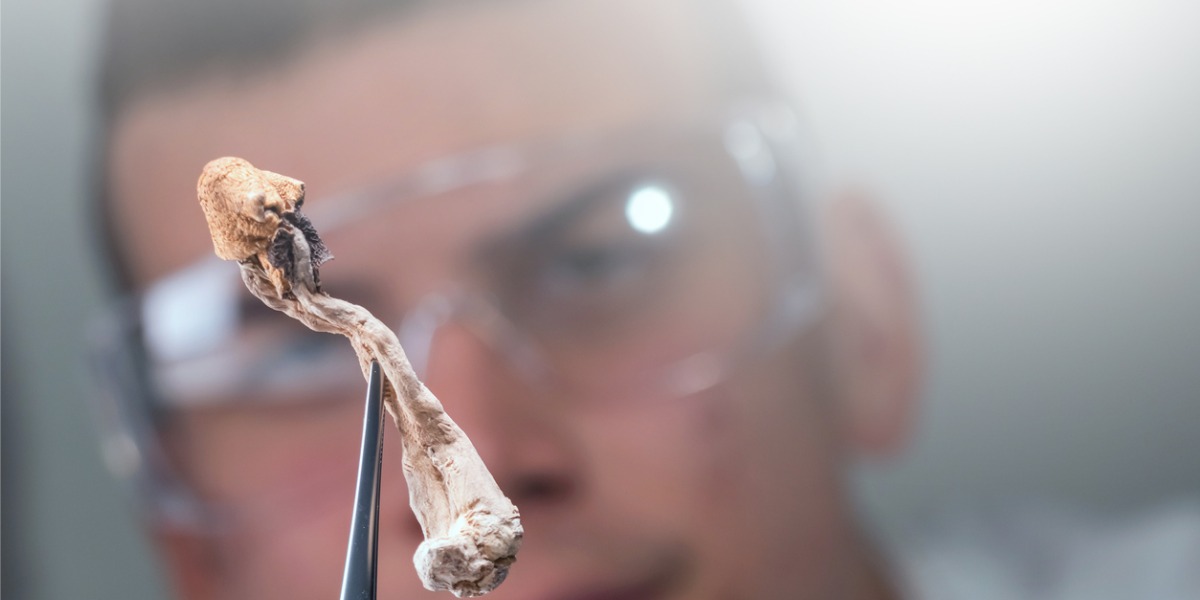
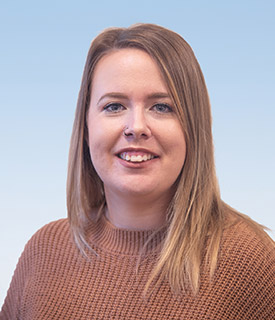 Kimberly Gilkey, RADT-1
Kimberly Gilkey, RADT-1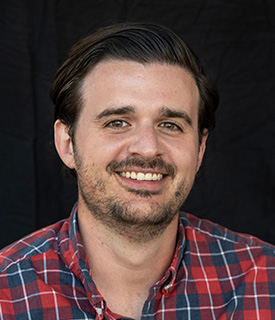 Timothy Wieland
Timothy Wieland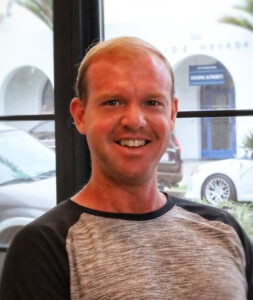 David Abram
David Abram Mark Melden, DO/DABPN
Mark Melden, DO/DABPN Jeffrey Klein
Jeffrey Klein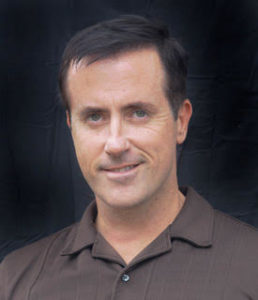 Nathan Kuemmerle, MD
Nathan Kuemmerle, MD Laura Hopper, Ph.D.
Laura Hopper, Ph.D. Rebecca McKnight, PsyD
Rebecca McKnight, PsyD Milena Dun, PhD
Milena Dun, PhD Brieana Turner, MA, LMFT
Brieana Turner, MA, LMFT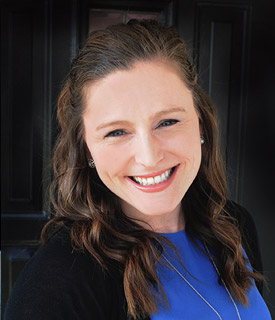 Brittany Perkins, MA, LMFT
Brittany Perkins, MA, LMFT Joanne Talbot-Miller, M.A., LMFT
Joanne Talbot-Miller, M.A., LMFT Alexis Weintraub, PsyD
Alexis Weintraub, PsyD Kathleen McCarrick, MSW, LSW
Kathleen McCarrick, MSW, LSW Christina Lam, N.P.
Christina Lam, N.P.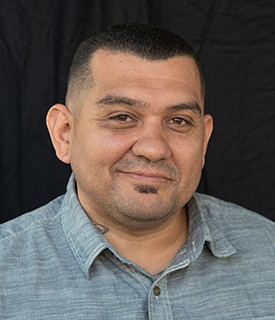 John P. Flores, SUDCC-IV-CS, CADC II
John P. Flores, SUDCC-IV-CS, CADC II David Dalton, Facility Operations Director
David Dalton, Facility Operations Director Amy Thompson
Amy Thompson Kelly Schwarzer
Kelly Schwarzer Jovanna Wiggins
Jovanna Wiggins Alexandria Avalos, MSW, ACSW
Alexandria Avalos, MSW, ACSW Michelle Ertel
Michelle Ertel Emily Skillings
Emily Skillings Amanda Irrgang, Registered Dietitian Nutritionist (RDN)
Amanda Irrgang, Registered Dietitian Nutritionist (RDN) Gianna Melendez
Gianna Melendez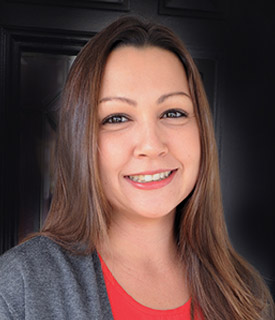 Jodie Dahl, CpHT
Jodie Dahl, CpHT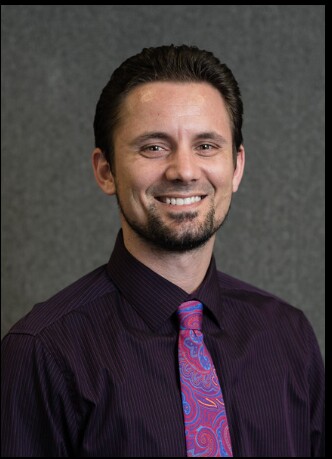 Jordan Granata, PsyD
Jordan Granata, PsyD